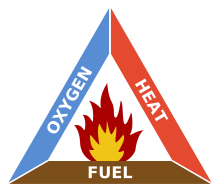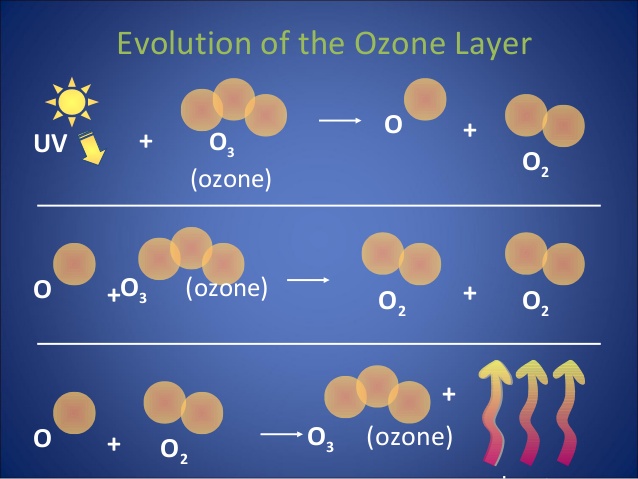1. From personal experience, state whether these processes are endothermic or exothermic. Give a reason for each.
A) A charcoal briquette burns.
Answer: Exothermic. Energy released when charcoal burns.
B) Water evaporates from your skin.
Answer: Endothermic. Water takes in heat energy and changes from liquid to gaseous state.
C) Ice melts.
Answer: Endothermic. Ice takes in energy and changes from solid to liquid state.
2. Chemical explosions are very exothermic reactions. Describe the relative bond strengths in the reactants and products that would make for a good explosion.
Answer:
Energy released when breaking bonds > Energy taken in when forming bonds.
There has to be a huge difference of the bond strength of products and reactants, whereby bond strength of products > Bond strength of reactants.
3. How might you explain the difference between temperature and heat to a friend? Use some practical, everyday examples?
Answer: Heat will flow from higher to lower temperature while temperature indicates the direction. An example is when a dry towel placed on wet area, heat flows from towel to wet area, while temperature is the temperature of water.
4. A premium gasoline available at most stations has an octane rating of 98. What does that tell you about:
A) The knocking characteristics of this gasoline?
Answer: Octane rating is the measure of the ability of gasoline to burn smoothly without knockng. The knocking characteristics is 98% isooctane and 2% heptane.
B) Whether the fuel contains oxygenates
Answer: Higher octane ratings means that fuel contains more oxygenates.



